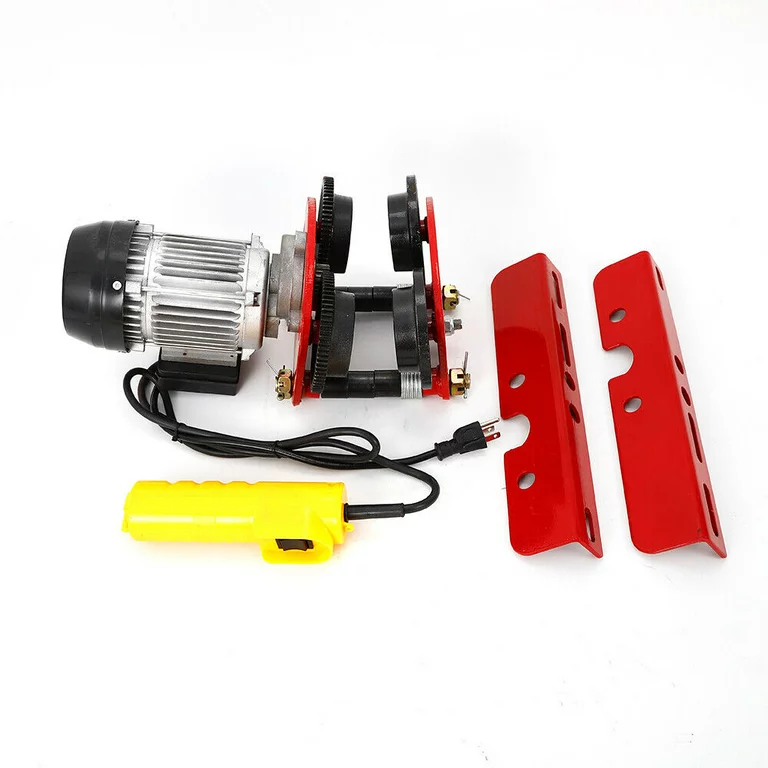Electric hoists are invaluable tools in numerous industries, aiding in the lifting and movement of heavy loads with relative ease and efficiency. However, their operation requires meticulous attention to safety protocols to prevent accidents and ensure the well-being of both operators and bystanders. Here are some best practices for electric hoist operation that prioritize safety above all else. First, before operating an electric hoist, it is imperative to conduct a thorough inspection of the equipment. This includes checking for any signs of wear and tear, damage, or malfunctioning parts. All controls, including switches and buttons, should be tested to ensure they are functioning correctly. Additionally, the hoist’s load capacity must be clearly marked and adhered to at all times, as exceeding, this limit can lead to disastrous consequences. Furthermore, proper training is essential for anyone tasked with operating an electric hoist. Operators should be well versed in the equipment’s capabilities, limitations, and safe operating procedures.

This includes understanding how to interpret load ratings, properly attach loads using appropriate rigging techniques, and maneuver loads safely to their intended destination. Regular refresher training sessions should also be conducted to reinforce these principles and address any new safety concerns that may arise. When using a polipasto electrico, it is crucial to establish a clear communication protocol between the operator and any ground personnel involved in the lifting operation. This ensures that everyone is aware of their roles and responsibilities and can coordinate effectively to prevent accidents. Hand signals or two-way radios can be used to facilitate communication in noisy or crowded work environments where verbal communication may be difficult. Additionally, operators should always maintain a safe distance from the load and avoid standing directly underneath it while it is in motion. This minimizes the risk of injury in the event of a load failure or unexpected movement.
If the hoist is equipped with safety features such as overload protection or emergency stop buttons, operators should familiarize themselves with how to use these features and be prepared to act swiftly in the event of an emergency. Regular maintenance and inspections are also critical to ensuring the continued safe operation of an electric hoist. This includes lubricating moving parts, inspecting electrical connections for signs of damage or corrosion, and replacing worn or damaged components as needed. Any issues or concerns identified during routine inspections should be addressed promptly to prevent them from escalating into safety that is hazards that are more significant. In conclusion, operating an electric hoist safely requires a combination of proper training, vigilant inspection, clear communication, and adherence to established safety protocols. By following these best practices, operators can minimize the risk of accidents and injuries and ensure that lifting operations are conducted efficiently and effectively.